
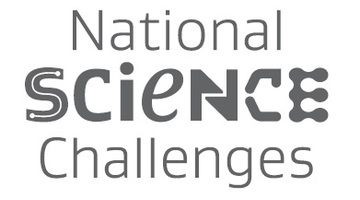
As New Zealanders looking to the future, we are faced with many opportunities – and challenges. These include improving the health of all our people, advancing our economic growth, protecting our ...
READ MORE

Our homes are supposed to be our safe places, but for nearly a third of New Zealanders, damp homes can have a serious effect on our health. Damp, mouldy houses and the link to respiratory ...
READ MORE

Position: Senior research scientist, Plant & Food Research. Field: Phytochemical antioxidants. David was born in England and attended Wallington High School, near London, where he discovered ...
READ MORE

In this activity, students use bread slices to investigate the role of moisture in mould growth. By the end of this activity, students should be able to: discuss the role of moisture in mould ...
READ MORE

Infographics combine text with graphic images. Their key feature is simplicity – getting a message across in a manner that is easy to visualise and understand. Infographics consist of three ...
READ MORE

Game design is a creative and innovative way to build understanding of science concepts and express them within a meaningful context. It combines aspects of science, technology, digital ...
READ MORE
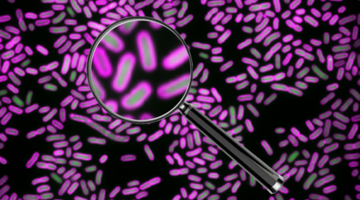
Help this global project to develop a faster test for antibiotic resistance by looking inside bacteria that have been treated with antibiotics. This will improve healthcare for patients with ...
READ MORE
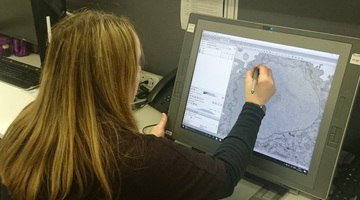
In this online citizen science (OCS) project, participants analyse electron microscope images taken of a range of biological samples, helping scientists better understand cancer, infectious ...
READ MORE
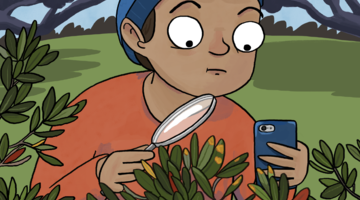
Myrtle rust is a serious biosecurity threat, and help is needed to monitor its spread. This citizen science project aims to gather information on the location, hosts and intensity of this fungal ...
READ MORE

In this recorded professional learning session, Greta Dromgool talks with Dr Kristin Dyet about her role at New Zealand’s Institute of Environmental Science & Research (ESR). Kristin shares ...
READ MORE

Modern antibiotic medicines came into use in the middle of the 20th century. They enabled doctors to treat serious – and sometimes fatal – bacterial infections like strep throat and pneumonia ...
READ MORE

In this recorded professional learning session, Dr Siouxsie Wiles, Associate Professor of Molecular Medicine and Pathology answers key questions about antimicrobial resistance (AMR). AMR has been ...
READ MORE
In this Royal Society Te Apārangi video, microbiologist Dr Siouxsie Wiles explains the growing health issues regarding antimicrobial resistance and what we can do to address the problem.
READ MORE
Plant & Food Research’s Dr David Stevenson explains what free radicals are and how they are produced. He outlines the role of cellular structures called mitochondria in the production of free ...
READ MORE
Discover some things you did – and didn’t – know about the human body.
READ MORE

Common household activities like cooking, cleaning and bathing produce moisture in our homes. Cold, damp houses can have serious effects on our health. Find out what causes moisture and how to ...
READ MORE
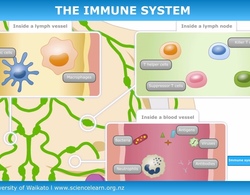
This interactive explains the different cells, microorganisms and molecules involved in the human immune system. Click on the labels for more information. Select here to view the full transcript ...
READ MORE
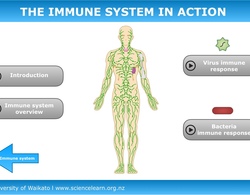
This interactive is a simple version of the human immune response to two different pathogens. Click on the labels for more information. Select here to view the full transcript and copyright ...
READ MORE